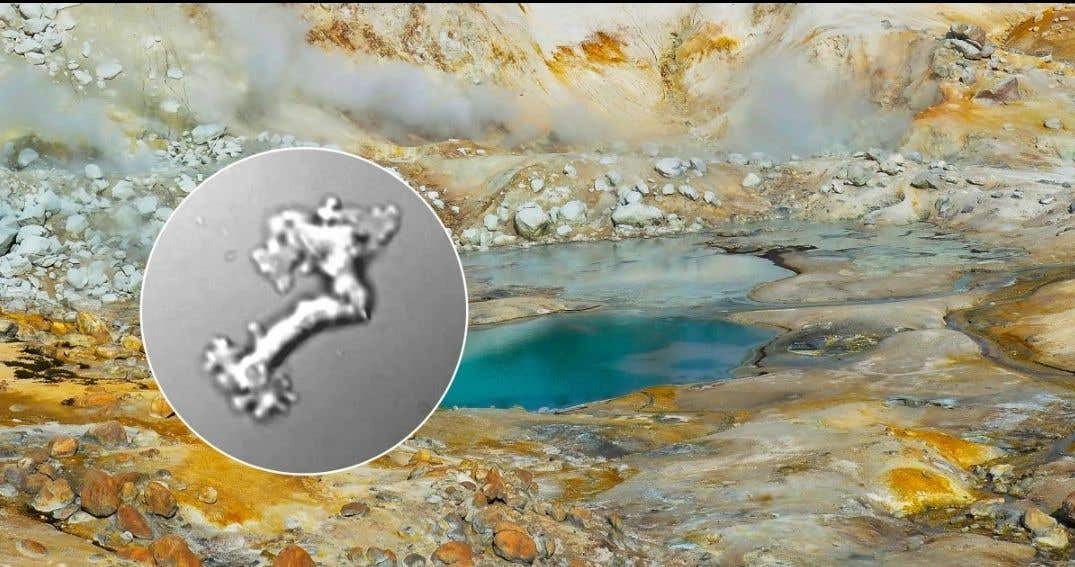Fruit extract found to significantly reduce liver fat – helping millions worldwide
An exotic fruit native to the Amazon, may help address non-alcoholic fatty liver disease which affects about one in four people globally.

Emerging research indicates that camu-camu could aid in reducing liver fat and improving overall liver health. (CREDIT: CC BY-SA 4.0)
A recent study from Université Laval suggests that camu-camu, an exotic fruit native to the Amazon, may help address non-alcoholic fatty liver disease (NAFLD). This condition affects about one in four people globally and leads to excess fat accumulation in the liver. Often, NAFLD progresses without symptoms until significant liver damage occurs, making early intervention crucial.
Emerging research indicates that camu-camu could aid in reducing liver fat and improving overall liver health. The fruit is rich in polyphenols and vitamin C, which have been linked to anti-inflammatory and metabolic benefits. By incorporating camu-camu into treatment strategies, researchers hope to provide a natural approach to managing NAFLD.
In a 12-week clinical trial, scientists evaluated the effects of camu-camu extract on 30 participants diagnosed with NAFLD. The study was randomized, with some individuals receiving the extract while others took a placebo. Researchers used magnetic resonance imaging (MRI) to track changes in liver fat levels throughout the trial, providing objective data on camu-camu’s potential benefits.
The results showed that those who took camu-camu experienced a 7.43% reduction in liver fat. On the other hand, those who took a placebo saw their liver fat increase by 8.42%.
The study’s lead researcher, André Marette, a professor in the Faculty of Medicine at Université Laval, emphasized the significance of these findings. “That’s a significant 15.85% difference,” Marette remarked, explaining how this substantial decrease in liver fat could mark a promising advancement in the treatment of NAFLD.
The Role of Polyphenols and Microbiota
Camu-camu’s beneficial effects on the liver are due in large part to the fruit’s high polyphenol content. Polyphenols are natural compounds that have antioxidant properties and are known for their potential health benefits.
Related Stories:
However, the body doesn't directly absorb these large polyphenol molecules. Instead, the intestinal microbiota—the community of bacteria in the digestive tract—plays a crucial role in metabolizing them.
“The microbiota metabolizes the large polyphenol molecules that cannot be absorbed by the intestine, transforming them into smaller molecules that the body can assimilate to decrease liver fat,” Marette explains.
These smaller molecules appear to act in two ways. First, they may reduce lipogenesis, which is the formation of fat droplets in the liver. Second, they might promote lipid oxidation, the process by which fats are broken down and used as energy by the body. “A combination of the two mechanisms probably explains the high efficacy of the extract, as we’re playing on both sides of the coin,” says Marette.
Individual Responses Vary
One interesting finding from the study was the wide variability in how participants responded to the camu-camu extract. Marette’s team hypothesizes that this variability might be linked to differences in each person’s microbiota. “We hypothesize that the initial intestinal microbiota influences the response to polyphenols. If we find the factors involved, we may be able to modify the microbiota and increase the extract efficacy,” Marette adds.
This could lead to future research that explores ways to modify the gut microbiota to enhance the effects of polyphenols on liver fat. Understanding the relationship between the microbiota and polyphenols may help scientists develop more targeted therapies for NAFLD.
Availability of Camu-Camu and Future Research
Though camu-camu is not commonly found in grocery stores, its extract is widely available in capsule form. However, Marette cautions that not all commercial camu-camu products are of equal quality. It’s essential to check for specific polyphenol content, as different products may contain varying amounts of these beneficial compounds.
Beyond camu-camu, Marette is also interested in exploring the potential of other fruits, such as cranberries, which also contain a range of polyphenols. These polyphenols, though partially different from those found in camu-camu, may also offer protective effects against liver fat accumulation. In future research, Marette hopes to investigate whether combining camu-camu and cranberries could create a synergistic effect, potentially amplifying the benefits observed with camu-camu alone.
The findings of this study were published in the journal Cell Reports Medicine. In addition to Marette, the research team included Anne-Laure Agrinier, Arianne Morissette, Laurence Daoust, Théo Gignac, Julie Marois, Thibault V. Varin, Geneviève Pilon, Éric Larose, Claudia Gagnon, Yves Desjardins, Fernando F. Anhê, Anne-Marie Carreau, and Marie-Claude Vohl.
The results of this study underscore the importance of dietary polyphenols and their interactions with the microbiota in managing NAFLD. While more research is needed to confirm and expand on these findings, camu-camu extract could become a valuable tool in the fight against liver disease. For individuals with NAFLD, this natural remedy offers a promising new avenue for reducing liver fat and improving overall liver health.
Note: Materials provided above by The Brighter Side of News. Content may be edited for style and length.
Like these kind of feel good stories? Get The Brighter Side of News' newsletter.



